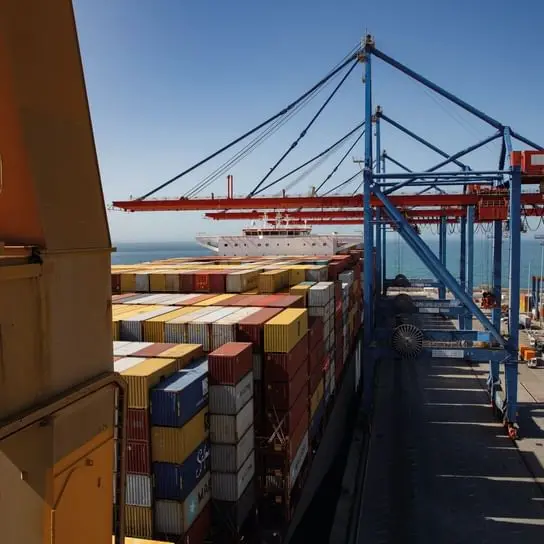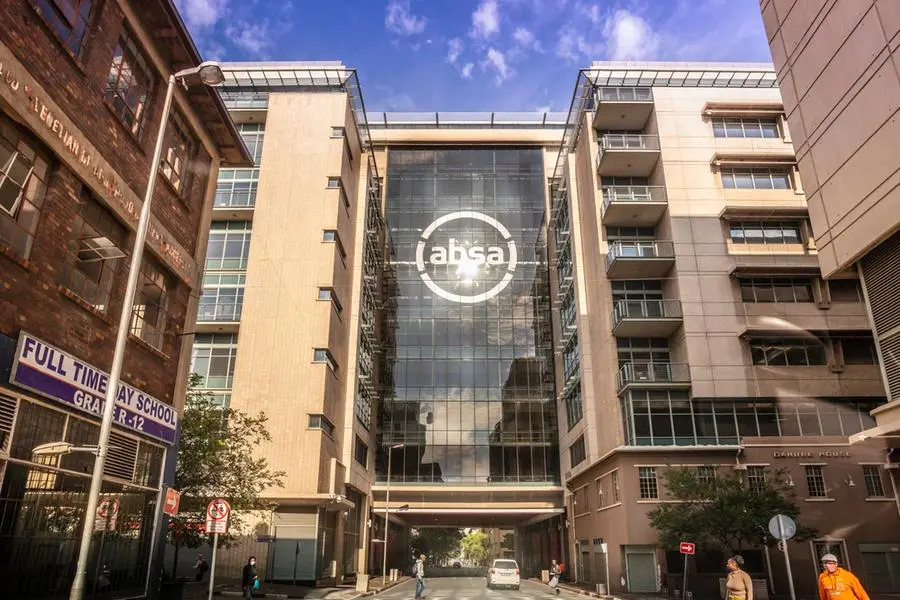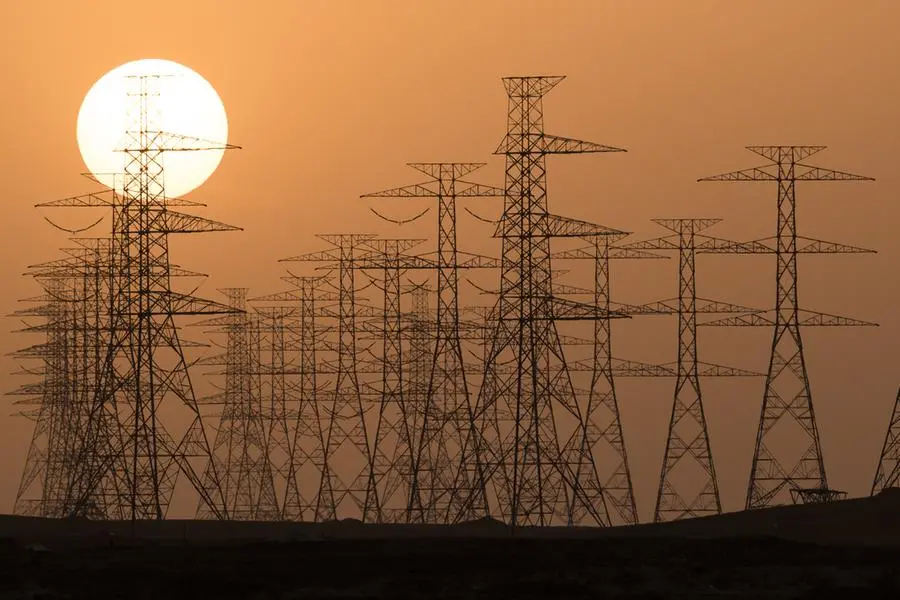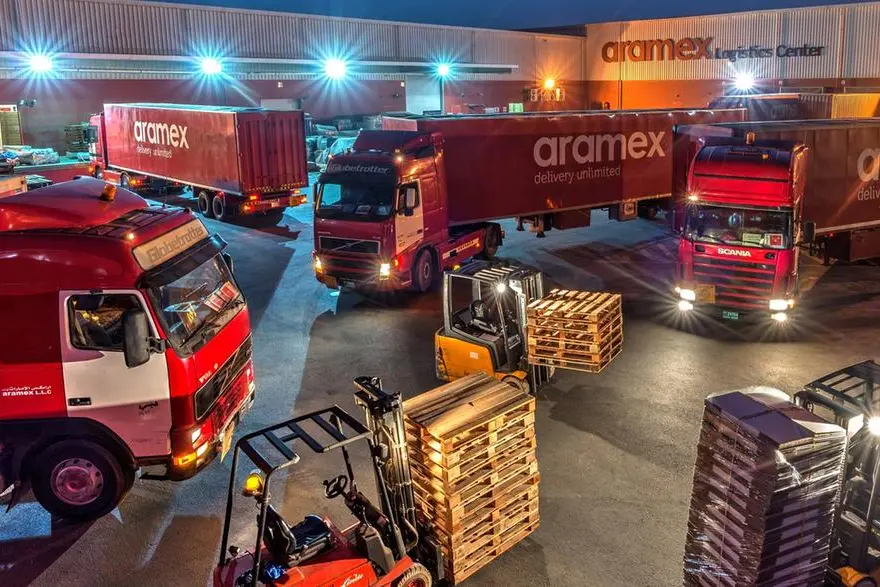Innovation is required to deliver electrification across the $200 billion construction equipment sector, and forward-thinking firms are already committing effort and resources to meeting these challenges.
IDTechEx’s new report “Electric Vehicles in Construction 2022-2042” forecast that the electric share of the construction vehicle market will be worth more than $100 billion per year by 2042.
The end goal for electric construction machines is all-electric systems, entirely replacing hydraulics and in their place using electric actuators and drive motors.
Complex challenges
To undertake the same tasks as equivalent diesel machines, powertrain elements in electric construction vehicles need to be sized to deliver the same performance.
This requires the motor and battery specification to be correctly dimensioned. Therefore, the key to the deployment of electric machines is understanding their typical daily duty cycle power and energy demands. As the construction industry employs an array of different off-road mobile machines, the maximum motor power requirement varies widely depending on the application and size of machine.
Likewise, the total daily energy requirement is governed by the use case for the machine, with some duty cycles needing only sporadic operation during the day, whilst other machines run near continuously. Modular systems are required to optimise electric machine performance and cost.
Compact construction machines
Most manufacturers, especially in the US and Europe, have focused their initial electrification development work on compact construction machines, whose small size and relatively light-duty cycle requirements, mean a typical 8-hour workday can be met with a practical size of Li-ion battery (<50 kWh) and electric motor (<20 kW).
Several potential avenues for charging these machines are being explored, including large battery solutions, which can deliver a full workday without recharging, smaller batteries with opportunity fast charging during the workday, tethered cable operation, and battery swapping. The optimal battery size for each machine will need to balance factors including the high cost of off-road battery packs, the impact of fast charging on battery life, the availability of a steady electricity supply, and the cost of installing charging infrastructure on worksites.
Whilst small machines are the natural starting point for electrification in this market, it is the heavier construction machines that contribute the most to the sector’s CO2 emissions. It is vital that OEMs also deliver zero-emission solutions for these larger vehicles. The problem lies in the fact that machines such as large excavators can demand 75+ kWh of energy per hour of operation. This means installing a huge battery where a continuous 8-hour shift is demanded. With current heavy-duty off-road Li-ion battery pack prices in the order of $600+ per kWh, these enormous batteries come at a cost that greatly hinders the TCO viability.
Charging strategy for bigger machines
Charging strategy for bigger machines will be key to reducing the requirement for installed battery capacity. Different approaches are being explored, for instance, many Chinese OEMs have opted for a dual gun DC fast charging method, which can add 300 kWh in a lunch break, while Dutch cleantech engineering firm Urban Mobility Systems have developed a battery swapping system utilising three 130 kWh battery modules. The UMS system has been tested in large Doosan and Hyundai excavators.
Improving powertrain efficiency will also be crucial. Almost all current electric construction machines have replaced the diesel engine with batteries and electric motors but still employ a standard hydraulic system, which can be as little as 30% efficient. To tackle this companies like Danfoss are developing digital hydraulic technology that improves powertrain efficiency, reducing energy consumption, with the result that a smaller battery can be used to deliver the same days’ work.
Doosan Bobcat launched an all-electric track loader the T7X at CES 2022. Developed with Viridi Parente and Moog, the efficiency improvement of the all-electric system allows use of a 62 kWh battery where, had the vehicle employed hydraulics, the battery would have needed to have a capacity of more than 300 kWh to deliver the same endurance. Further development work in the next decade is needed to see all-electric systems deployed more widely. Electric actuators are currently expensive, and they are not yet able to meet the demands of larger construction machines.-- TradeArabia News Service
Copyright 2022 Al Hilal Publishing and Marketing Group Provided by SyndiGate Media Inc. (Syndigate.info).






















